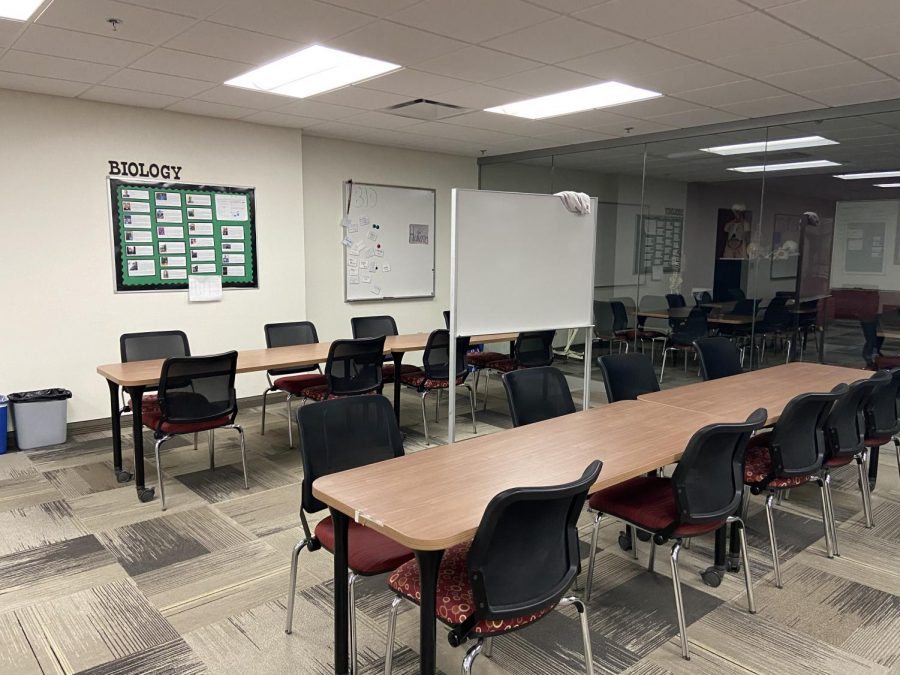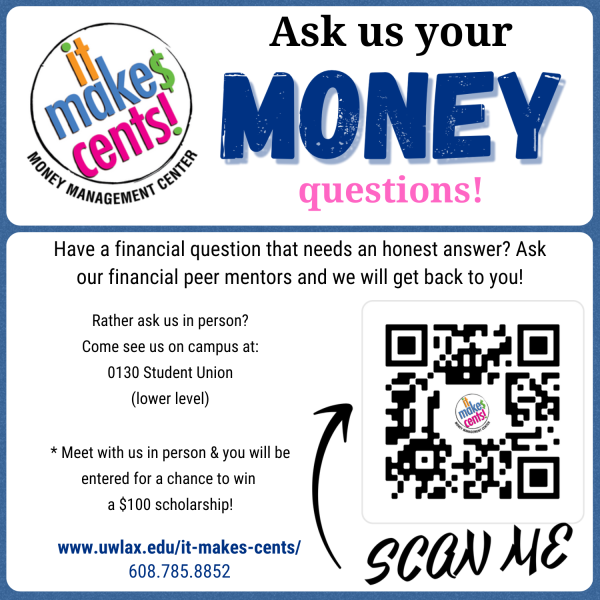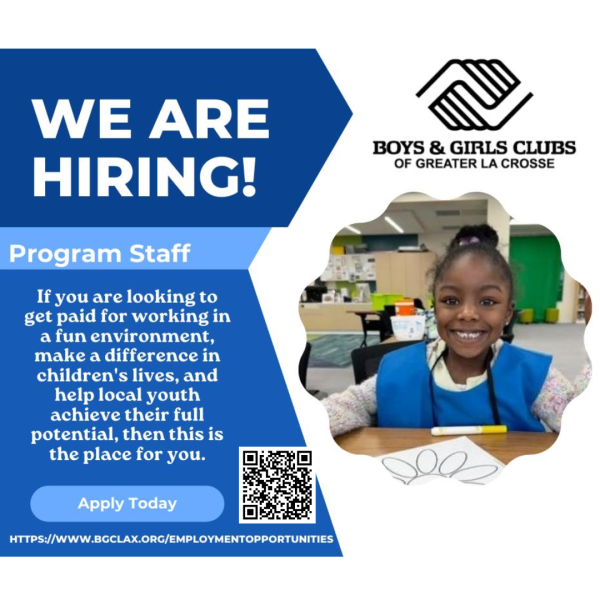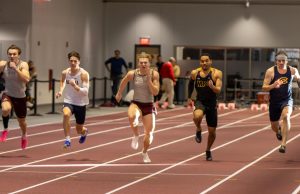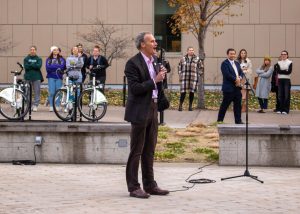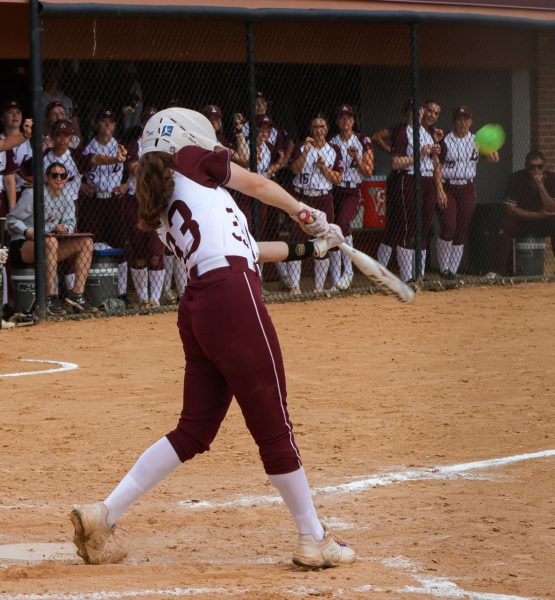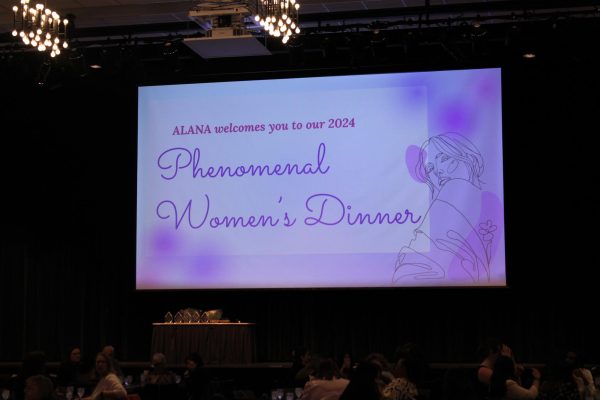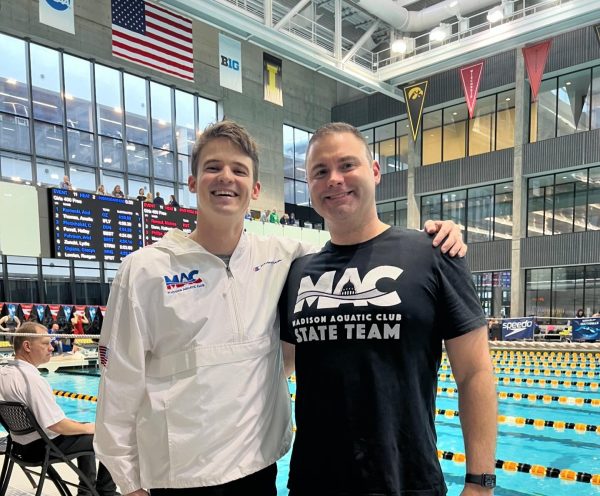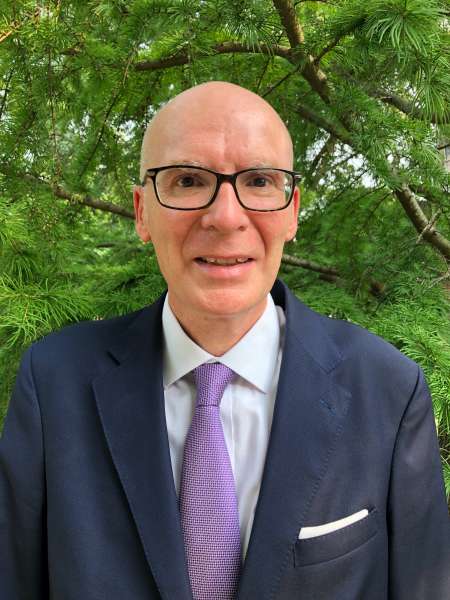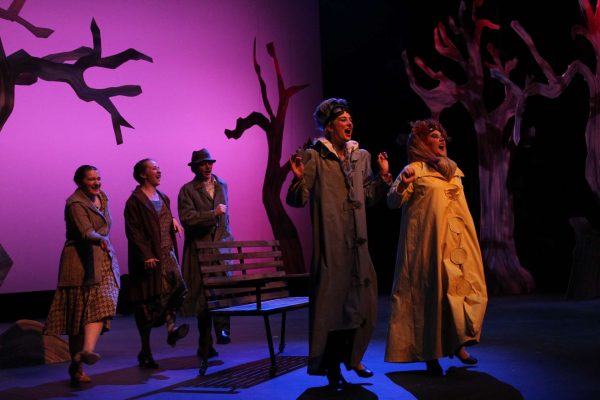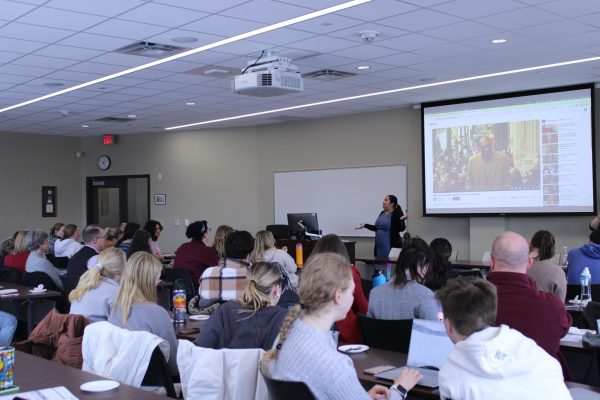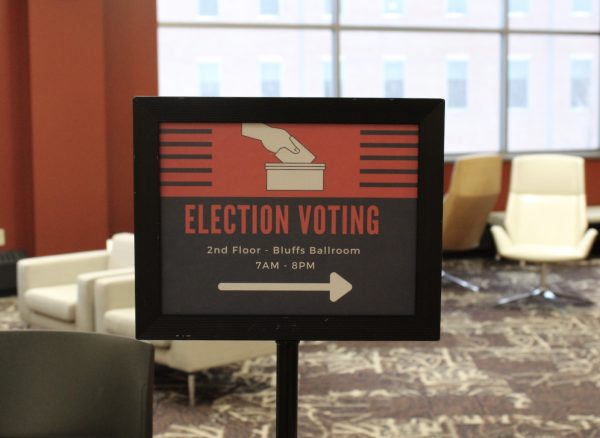UWL offers virtual peer tutoring options for students
October 11, 2020
Peer tutoring is available in virtual formats for the fall 2020 semester at the University of Wisconsin-La Crosse. The Murphy Learning Center offers virtual peer tutoring in accountancy, biology, chemistry, economics, geography, history, mathematics and statistics, philosophy, physics, public speaking, and writing.
Face-to-face tutoring, typically located on the second floor of Murphy Library, will remain suspended until further notice due to COVID-19 safety concerns. Tutors and all tutoring services are now virtually accessible through the Tutoring, Murphy Learning Center Canvas course.
To enroll in the Tutoring, Murphy Learning Center Canvas course, students can follow the instructions on the Murphy Learning Center webpage. Details about the specific tutoring options for each subject are available through the Canvas course and the Murphy Learning Center webpage.
Biology Tutoring
Biology tutoring is available for drop-in synchronous meetings through Collaborate Ultra. Tutors are available to help with a variety of biology courses. The full schedule tutoring is available on the Murphy Learning Center webpage.
In an interview with The Racquet Press, senior biology tutor Ger Thao said the goals of virtual tutoring are the same as face-to-face tutoring. “I really just want students to feel like tutoring is not something like office hours, they’re like scared to go in. I want them to feel like tutoring is going to talk to a friend, asking a friend that already [took] that class for help,” said Thao.
At the beginning of the semester, tutors received training on Canvas and Collaborate Ultra tools. Thao said that she felt comfortable in her role as a virtual tutor since tutors were taught to use breakout rooms and other screen sharing features.
Thao said that aspects of tutoring, like drawing diagrams, is more challenging in the virtual format but tools like breakout rooms help emulate the experience of face-to-face tutoring. Students and tutors can work in breakout rooms separated by topics or remain in a single room depending on the size of the group and type of questions.
Thao said that doing a little bit of preparation for tutoring will help students get the most out of the experience. “The best [preparation] is to have specific questions or topics or concepts so we can help right away,” she said. Thao said the goal of each tutor is to point students in the right direction and provide helpful study advice.
Thao said that studying is different in virtual formats compared to in-person and that students could seek outside supplemental videos to help connect big concepts to details in their notes. “You’re basically watching a lecture, you’re like learning by yourself,” she said. “If you don’t understand the concept you really have to watch some of the outside videos like on YouTube that can help you. That’s pretty cool and I also use that too.”
Writing Center and Public Speaking Center
The Writing Center and Public Speaking Center offer both synchronous appointments and asynchronous feedback options. The Writing Center also has an option for drop-in synchronous tutoring. Appointments can be made following instructions in the Canvas course or through the Murphy Learning Center Website.
The Writing Center is open to students from any subject at any stage of the writing process, including written application materials.
Senior Writing Center tutor Alexzandra Beesley said tools in Collaborate Ultra have made virtual writing tutoring feel very similar to face-to-face tutoring. “It was super smooth, so it almost mirrored that face-to-face interaction where [the student] could talk and I could talk,” said Beesley.
Beesley said question and answer interactions make synchronous tutoring advantageous for students with the time for a one-hour appointment. “When you have those synchronous appointments it’s a lot easier to just ask [the student], ‘what are the goals of your paper?’” she said.
For asynchronous appointments, Beesley said filling out the requested information along with a submission is vital. To give the best feedback, tutors need to know the course, the assignment goals, and the type of concerns the student wants the tutor to address. She said her biggest piece of advice for asynchronous appointments is to personalize responses to the submission questions as much as possible so tutors can provide tailored feedback.
Beesley said her overall advice for this semester is to stay organized. “I feel like just being organized before you actually need to use the organization is helpful,” she said. “One thing I’m trying to do, which is still hard because this is all new to me, is I’m getting into a schedule of ‘I need to do this on Monday, I need to do this on Tuesday,’ and then structuring my classes based on what’s going to take the most time.”
Chemistry Tutoring
Chemistry tutoring is available for drop-in synchronous meetings through Collaborate Ultra. Tutors are available to help with a variety of chemistry courses. The full schedule is available on the Murphy Learning Center webpage.
Chemistry Tutor Coordinator Eugenia Turov said one of the biggest challenges of virtual tutoring is student hesitation. Students who have traditionally used the tutoring center as a space to study with peers may feel more reluctant to use the online space, she said.
Enrolling in the Canvas course makes tutoring simple. “I think that once students enroll in the Canvas course it is easy to find tutors for all the subjects they need, but I think it has been a transition not being able to just walk to go and find the people they are looking for,” said Turov.
Turov said online tutoring has several advantages, “I guess one thing that’s kind of nice is like you don’t have to leave your room to get any help.”
One challenge for tutors during virtual tutoring is when students keep their camera off said Turov. “I think it’s also sometimes challenging for tutors when students don’t have their cameras on because when you have a conversation with someone, body language, and facial expression are such a clear indicator of what’s going on,” she said.
Turov said that her overall biggest advice for students is to attend a tutoring session for at least one course. “The tutors are working hard and they are eager to work with their colleagues and peers. I guess I would just say please sign up for tutoring. It’s very easy and it has big rewards in the sense that a short session can really turn your experience around and help put you on the right path,” she said.
Additional, schedule information, tutoring updates, and study tips can be found at the UWL Murphy Learning Center webpage.

